The most expensive teas come in many varieties and flavors. It is possible that tea, as a beverage, came about as a total accident. The story goes that a Chinese emperor in 2737 B.C. was in the habit of drinking hot water for its health benefits. One day, some leaves from an ornamental plant blew into his cup. He liked the flavor, and tea became a favored royal drink.
It took many centuries, though, before the knowledge of tea spread to other parts of the globe. It is thought that Portuguese explorers brought tea, in addition to exotic spices, to Europe in the 16th Century. Two centuries later, the English and the Dutch began commercial production.
Tea: Simple but Unique
First: All tea comes from the same plant, an evergreen type of camellia that is native to China, Northern India, and Tibet. Two main varieties of the tea plant are differentiated by the size of their leaves, and the habitats where they thrive. One favored location for tea production is in cool mountain highlands; the second is the moist, tropical environment of lower elevations.
Today, tea is grown primarily in Asia, Africa, and South America, and countries adjacent to the Black and Caspian Seas. However, only four countries — China, India, Sri Lanka, and Kenya — account for 75% of world tea production.
Second: There are only four primary types of tea — black, green, Oolong and white. Differences result from the specific variety of tea plants and the ways in which harvested tea leaves are dried and processed. Typically, nothing is added to the leaves during processing.
The plant’s leaves begin to wilt immediately after picking, and they undergo a natural process of enzymatic oxidation upon exposure to air. Heating stops the cycle of oxidation. That’s the simple explanation, but producing the world’s renowned teas is anything but simple. It represents the ultimate blend of art and science.
All organic teas contain caffeine, but typically in concentrations lower than coffee, decaffeinated teas are widely available. While many people drink tea for its soothing and calming qualities, it can also be stimulating.
Tea Basics
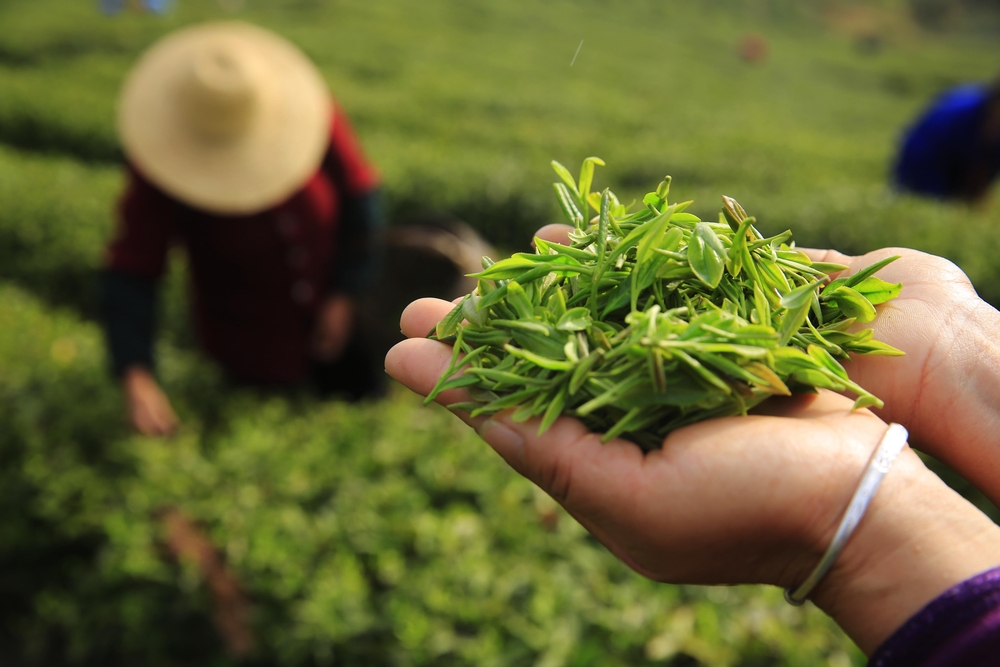
To oversimplify:
- Black tea is fully wilted and fully oxidized; in today’s vernacular, it is dried and wilted to the max. It is also dark, aromatic, and flavorful.
- White teas, traditionally, are fully wilted but unoxidized.
- Green teas are unwilted and unoxidized.
- Oolong is a hybrid: The leaves are allowed to wilt naturally, then they are partially dried, and, finally, they are “bruised” or shaken vigorously to produce the desired result. The resulting tea has a distinctive appearance.
Beyond those basics, world tea varieties extend almost infinitely, like radiating ripples in a pond. Today there are hundreds, if not thousands, of different teas available. Some teas are enhanced by the addition of other herbs, flowers, spices, or oils. Popular herbal teas might contain no actual tea but are instead derived from flowers, bark, or other fragrant plants. Herbal teas typically contain no caffeine.
Tea can be consumed hot, iced or spiced, mixed with fruit juice or milk, and sweetened with sugar or honey. It is even used as a poultice. Tea leaves have astringent and anti-inflammatory properties, so medicinal uses have a scientific basis. Brewed tea is usually steeped simply by pouring hot water over loose tea or tea bags that contain between two and three grams of leaves.
Well-Known Tea Varieties
Tea is among the most popular beverages worldwide, and many cultures have unique tea traditions. Each tea has a distinct flavor. Dedicated “tea snobs” invariably have a favorite, but even novice tea-drinkers can easily find a tea to savor.
Each type of tea has distinguishing characteristics:
Black Tea
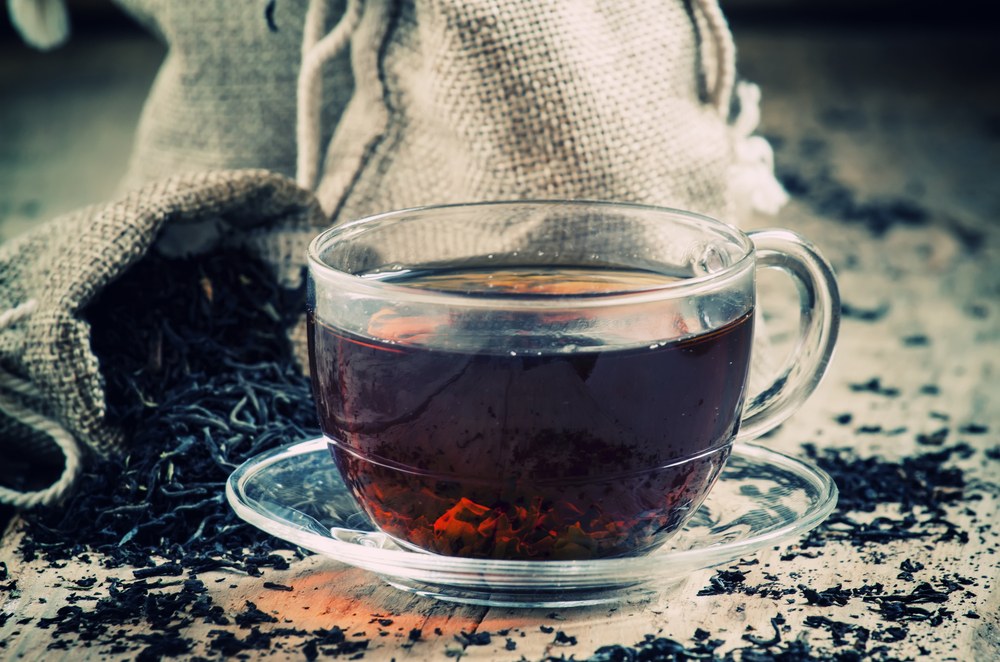
Black tea typically has a strong aroma and robust taste. It is the go-to for iced tea. A favorite, traditional Earl Grey, is flavored with bergamot oil, giving it a distinctive orangey aroma and taste. Other black teas might display hints of other flavors, and color varies from dark brown to mahogany or deep red. Black tea boasts health benefits believed to offer protection against atherosclerosis or the buildup of plaque in artery walls. However, because of its caffeine content, black tea drinkers may be susceptible to stomach upsets when consumed without food. Many people sweeten black tea or add lemon or milk.
Masala
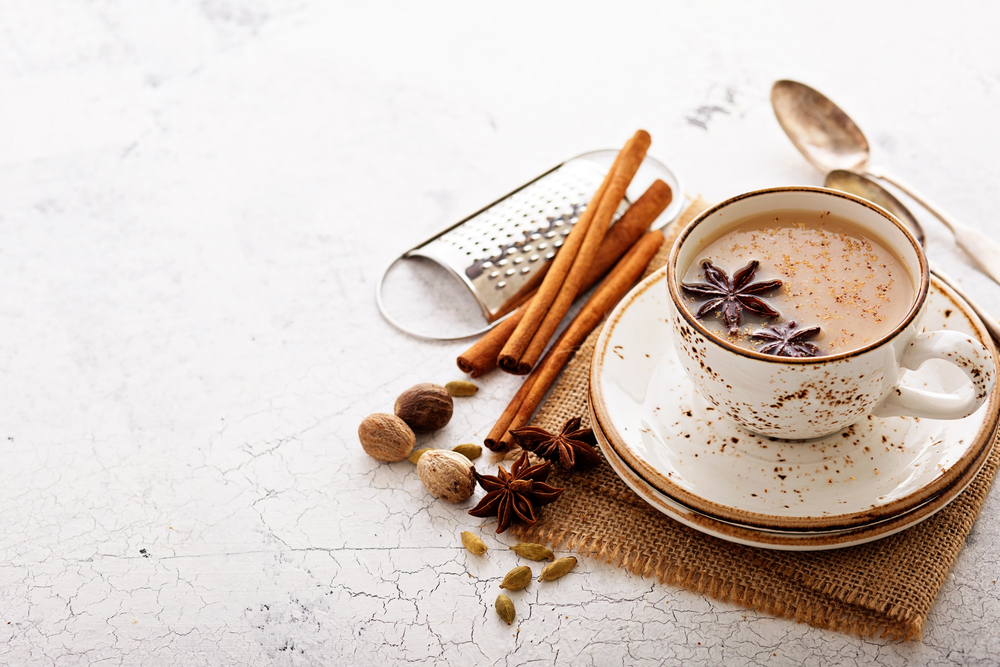
An Indian favorite, Masala Chai is made from black tea leaves to which ginger, cardamom, and select other spices — often cinnamon, clove, and anise — are added. It is usually served with milk and sugar, and prized for its aroma as well as for the taste. Pu’erh is a Chinese variety of fermented tea, made from aged leaves. Its flavor varies, but it typically has a smooth, “mature” taste. It is valued as a digestive aid.
Green Tea
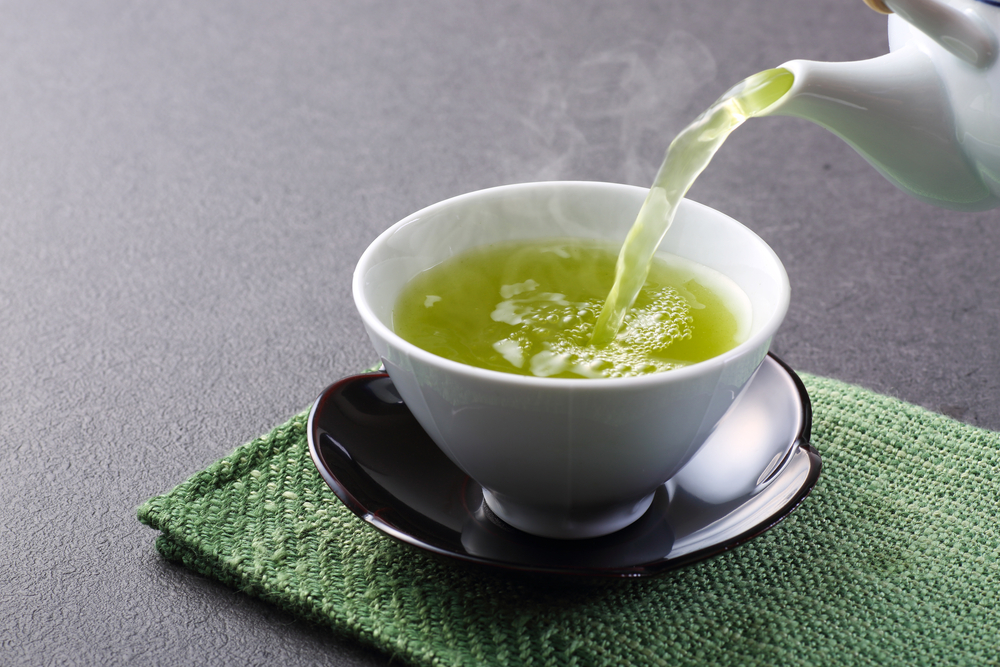
Green tea is the staple variety associated with Asian and Oriental cuisine and culture. Virtually all tea grown in Japan is green tea. Green tea is only minimally oxidized, if at all, and is typically light green in tone, but it can sometimes appear almost yellow. It is aromatic and soothing and is thought to boost metabolism and lower cholesterol. It may also have possible heart benefits. Typically, it is served hot and freshly brewed and consumed with no additions — no milk, sugar or lemon. Jasmine Tea is well-known and extremely popular.
Sencha
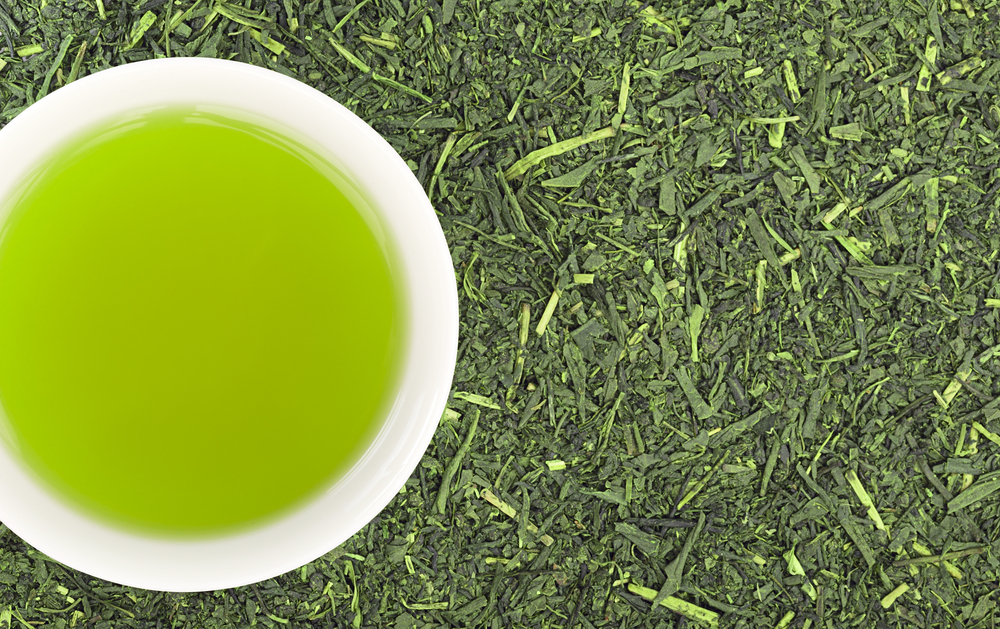
Sencha is the most common type of Japanese green tea, and it usually utilizes the tea leaves that mature in sunlight. Gyokuro and Kabusecha Sencha teas, however, are prepared from plants that have been covered by cloth or reed screening for a portion of the growing season.
Tencha
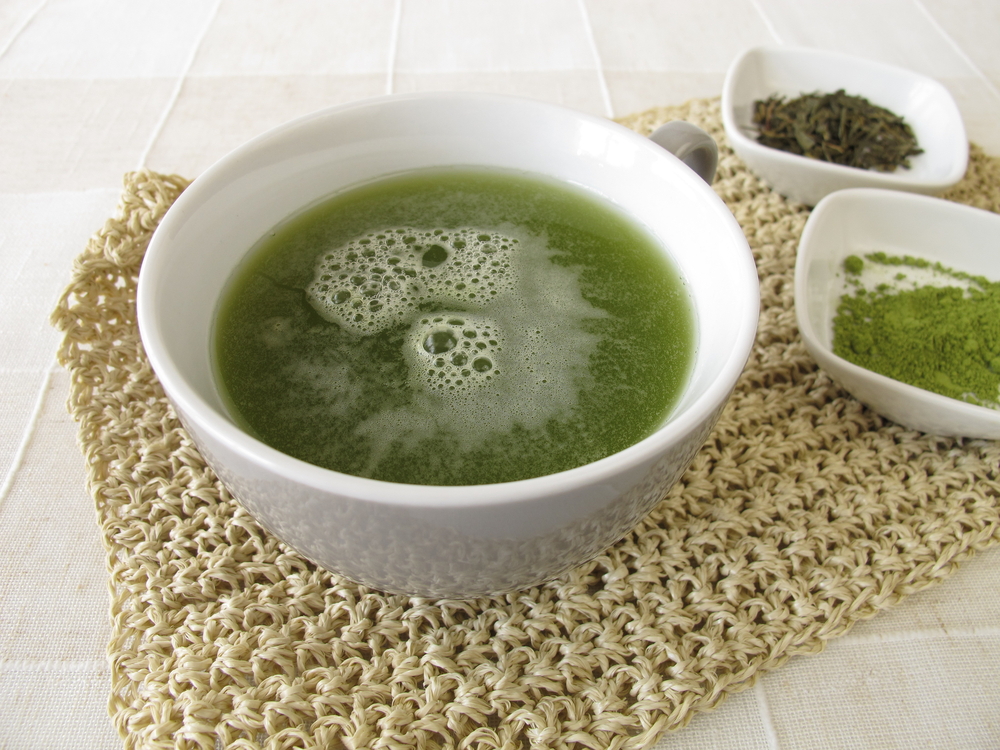
Tencha is a tea made from leaves of plants that are grown in the shade or shielded from light for the full duration of the growing season. Matcha is a unique stone ground product prized in Japan, and popular as a beverage as well as being the base ingredient of legendary green tea ice cream. The finely-ground powder is derived from Tencha and has spawned its own tea ceremony. Ceremonial grade green tea powder was once made only from the leaves of very old tea plants, some of them cultivated for a century or more. Because it is powdered, the whole leaf is actually consumed, making Matcha unique in the world of teas.
Oolong
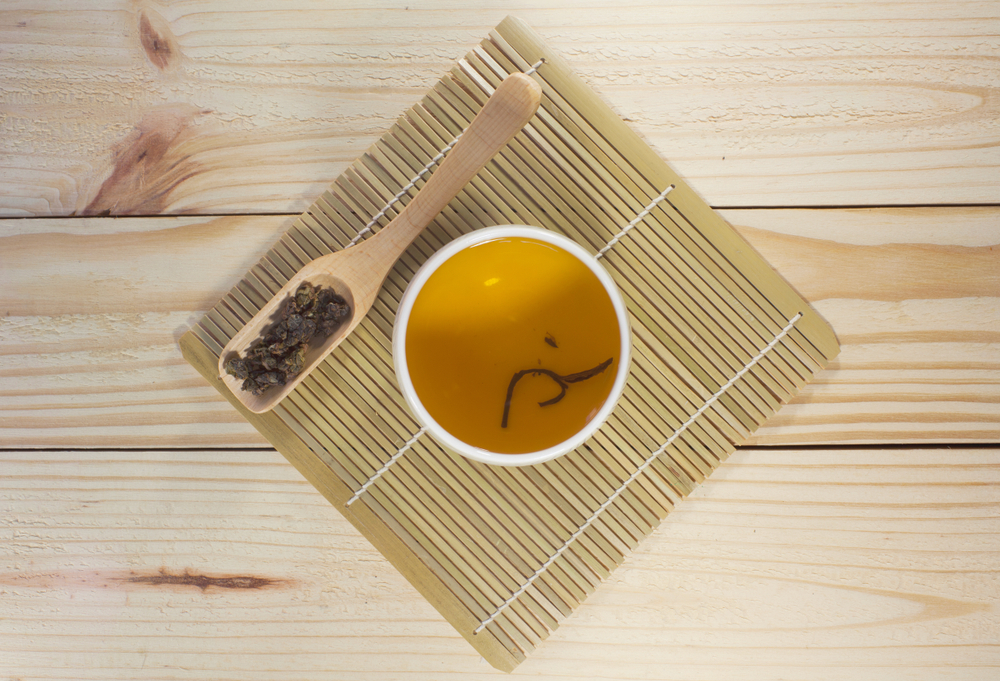
Oolong tea is derived from the same plant as black and green tea, but it is semi-oxidized and then rolled to give it a distinctive shape; the color of Oolong varies from brownish to greenish, and flavors vary widely. It is high in antioxidants, and there is mounting evidence that it can be beneficial for diabetes prevention. It contains about half the caffeine of a cup of coffee.
White Tea
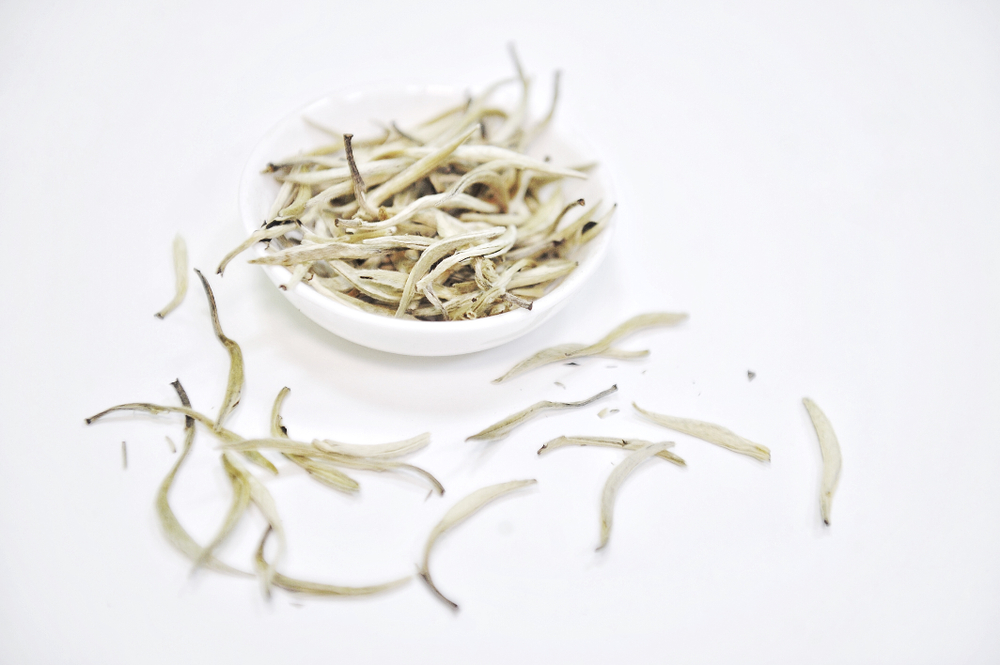
The flavor of unoxidized white tea is mellow and light, sometimes described as sweet and nutty. It usually has a dim, yellow tone. Drinking white tea is believed to encourage cardiovascular health. It is also believed to be beneficial for the skin and is considered an anti-aging agent. Numerous lotions and skin care products include white tea as an ingredient. Flavored white teas are common; two of the more popular are orange spice and jasmine, along with white peony.
The 11 Most Expensive Teas In The World
Most of us don’t think of tea as a luxury product, and it’s true that many good teas are reasonably priced and readily available. It’s also true that exotic teas can command high prices. Some teas are rare, while others are “enhanced” with special packaging or gold-coated leaves.
If you’re looking for a flavor treat and money is no object, you might be interested in chasing some of the following rare varieties.. You’ll find little that’s ordinary on the following list:
Scroll down passed the table to view more information for each tea
[ninja_tables id=”4196″]1. Da-Hong Pao Tea
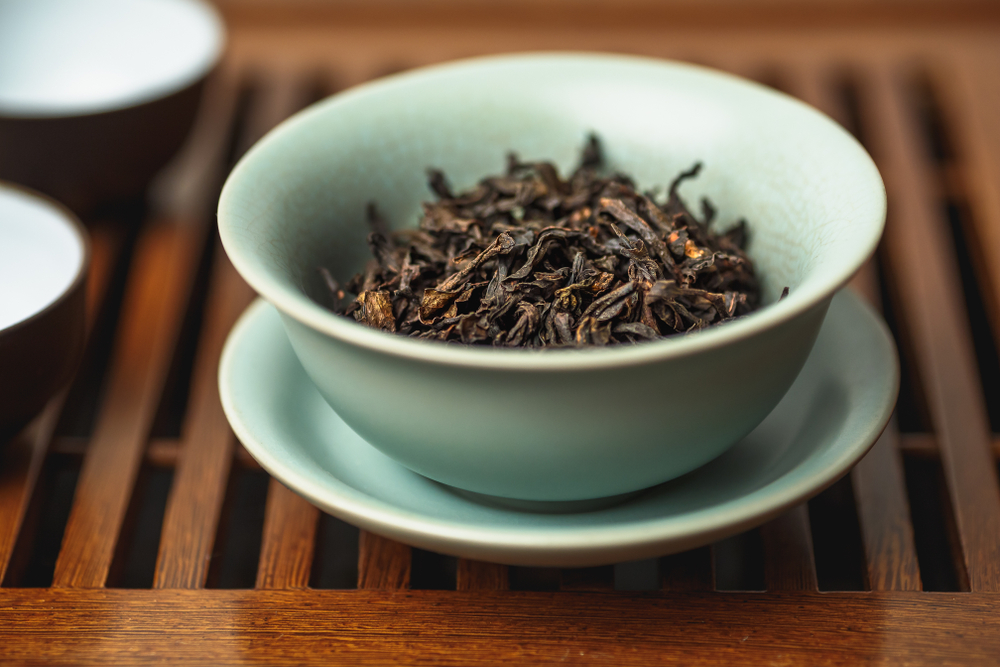
Aged or antique Da-Hong Pao tea is extremely rare, and it’s considered a Chinese national treasure, sometimes reserved for presentation to visiting dignitaries as a state gift. Cuttings from the original “mother trees,” some of them 350 years old, now produce modern Da-Hong Pao tea at reasonable prices.
Price: Known as the most expensive tea in the world, a buyer in 2002 shelled out almost $28,000 for just 20 grams of Da-Hong Pao Tea, the equivalent of almost $1.4 million.
This particular tea dates to the Ming Dynasty. The harvesting process has always been kept secret, and the original trees were last harvested in 2005. There are few original trees still in existence, and their leaves will never again be picked. Existing stores of the tea can bring stellar prices, but little is ever sold.
A highly-oxidized Oolong variety that is grown in a specific region of the Wuji Mountains in southeastern China, the tea has a lingering floral aftertaste and is prized for its healing properties. Newly produced Da Hong Pao is available to buyers at a price of $350 for a one-pound bag, from Harney & Sons.
2. P.G. Tips Anniversary Tea Bag
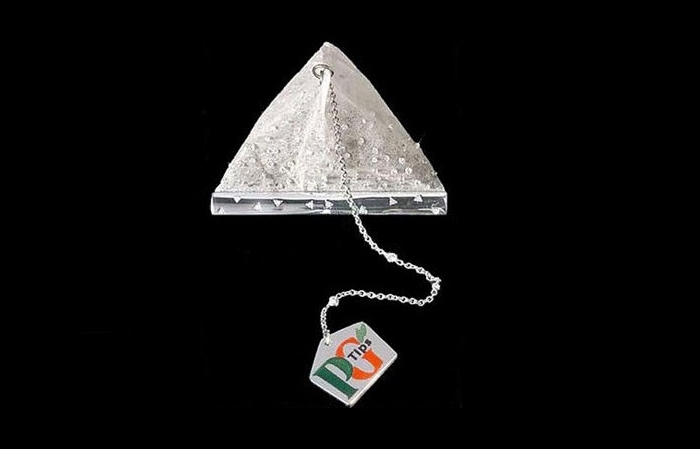
Launched in the 1930s as a brand of tea in the United Kingdom, the “P.G.” was originally Pre-Gestee, a redo of the original and uninspired name “Digestive Tea.” To celebrate its 75th anniversary, the P.G. Tips designed a diamond-studded tea bag filled with Silver Tips Imperial Tea. As shown in the Swarovski Studded Chocolates, we humans just love encrusting something in precious stones.
Price: $15,000 for the bag.
Sales were originally launched as a benefit for a British children’s charity. We’re wondering if anyone actually brewed the tea. Would you?
3. Yellow Gold Tea Buds
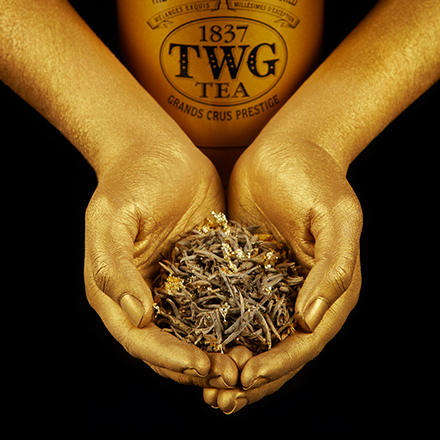
It may be hard to believe, but the tea leaves are actually painted with 24-carat gold after they’re harvested. The gold coating is meant to be consumed and is considered healthy. Sold only in Singapore, it may sound over the top for a beverage, but tea lovers highly prize it.
Price: More than $7,500 for a kilogram of tea.
Typically considered to be the rarest tea in the world, Yellow Gold Tea Buds are offered only by TWG Tea. Historically, the tea was served only to Chinese emperors. The plants are grown on a single mountain in a specific region of China. Leaves are harvested only from the top part of the tree with golden scissors, on a single day each year.
After drinking the tea, it is common to eat the leaves as well. If you want the unforgettable experience of drinking gold-laced tea, order a 50-gram box of loose leaf tea for $529, including shipping. But, that’s still a pretty expensive cup of tea.
4. Vintage Narcissus Tea
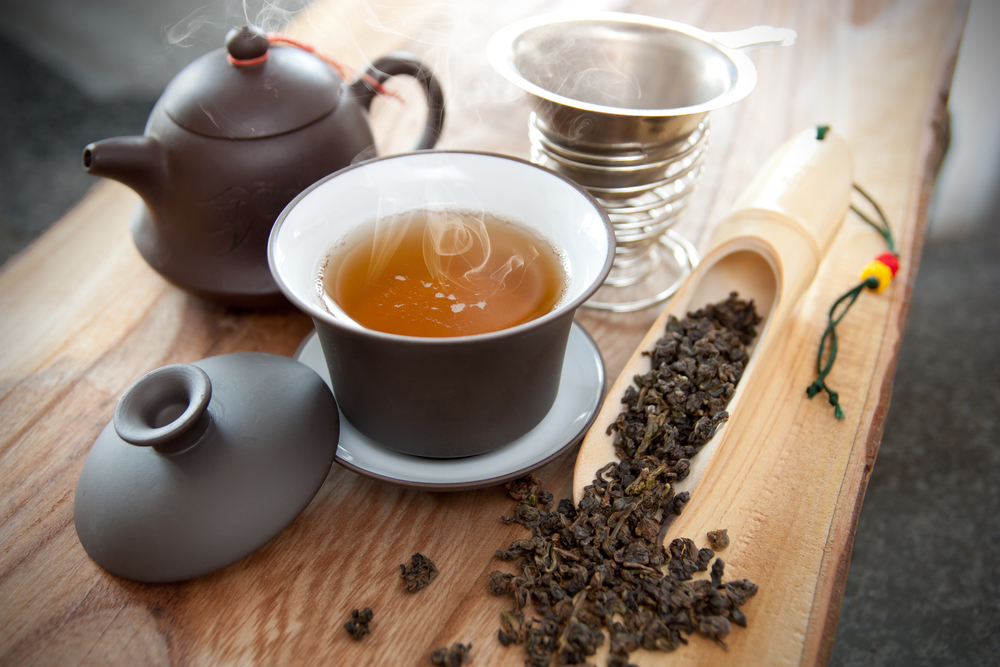
One of the five most expensive teas ever sold, a 20 kg box of Oolong tea was exported from China to Singapore in 1960. Sold and resold several times, it was ultimately purchased by a Malaysian-Chinese collector.
Price: $6,500 per kilogram
It is an oolong tea produced in the Wuyi Mountains of China, and it is known for its overlapping flavors of wood, chocolate, and flowers. Wuyi teas are acknowledged to have distinctive terroir, like fine wines, and some tea bushes cling to rocks and boulders in the craggy landscape, decreasing actual yield and making leaf harvesting difficult. Commercial teas from the region are grown at lower elevations and are typically less expensive.
5. Panda Dung Tea
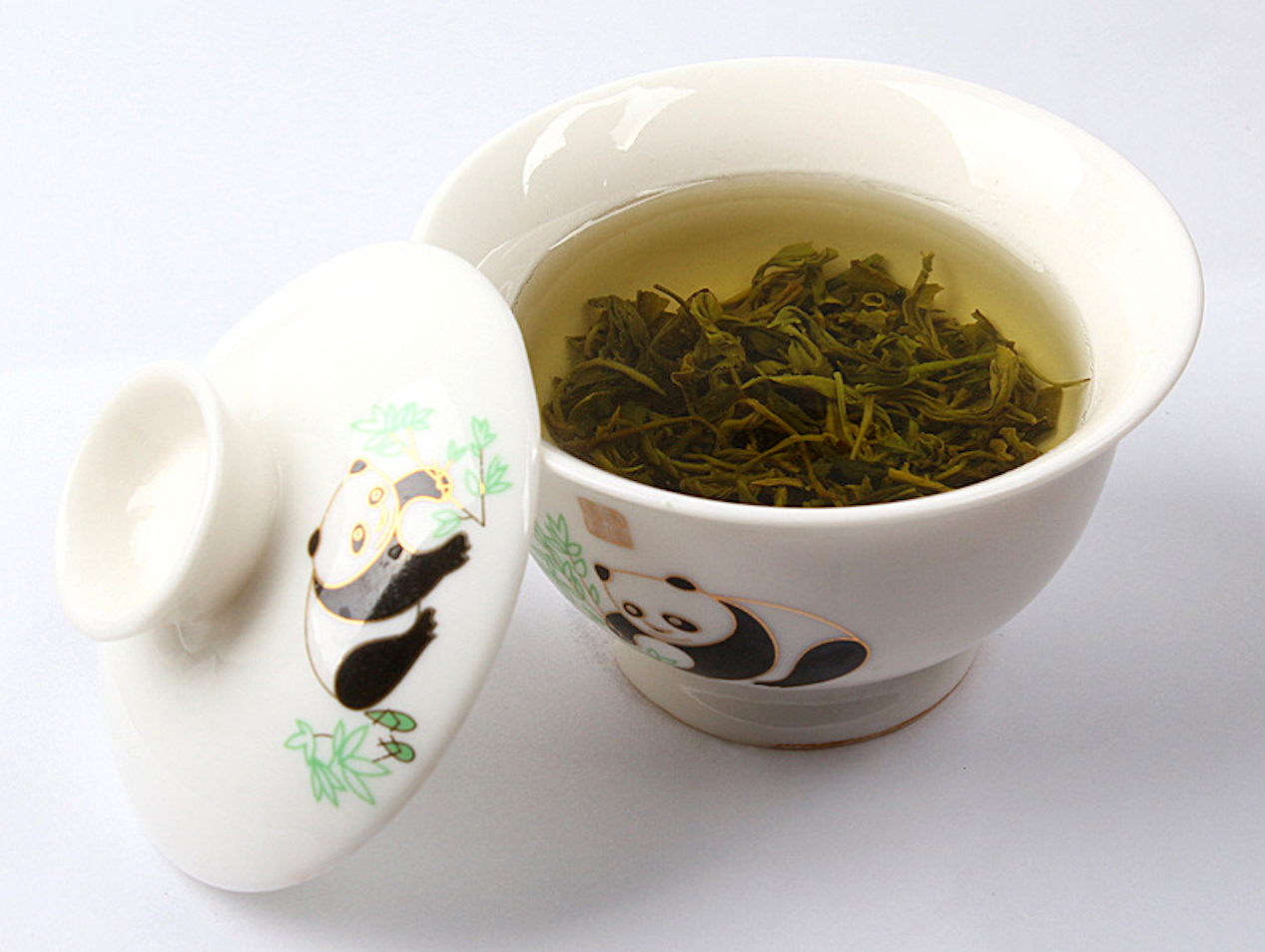
The tea plants are grown in soil fertilized with panda bear droppings. The local tea entrepreneur who began marketing the tea in 2012 claims that the tea is healthy because pandas only consume wild bamboo and absorb only about 30% of the natural nutrients.
Price: When first marketed, the price was $3,500 for 50 grams, equivalent to $70,000 per kilogram.
Although the grower could perhaps have found a better name for the healthy green tea, there is little doubt in the minds of its proponents that the combination of green tea and bamboo nutrients has health-boosting benefits. Both contain ingredients believed to be important in cancer prevention. Harvested in the mountains of Ya’an in China’s Sichuan Province, just below the Tibetan plateau, prices have moderated since its introduction.
Today, Panda Dung tea is readily available from specialty tea shops or online sellers. You might even find it at Target! The declining Panda population, however, may keep prices relatively high.
6. Tieguanyin Tea
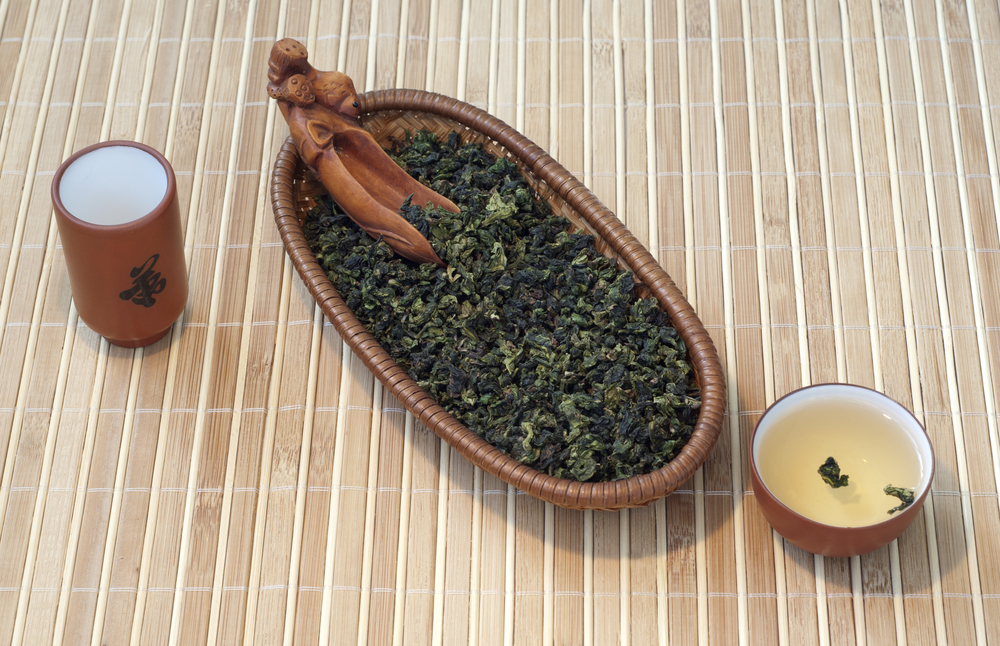
Another Oolong from China, the thick leaves of this tea have a vibrant golden color and actually make a kind of ringing sound when the leaves are poured into their cloth bags. They are crispy, and the tea itself is potent enough to retain its flavor through as many as seven infusions.
Price: Approximately $3,000 per kilogram.
Named for the Buddhist Iron Goddess of Mercy, this tea is a blended combination of black and green teas with a distinctive chestnut flavor. Trees are grown in the high mountainous region of Fujian Province. After harvesting, they are dried and oxidized in a traditional manner, then rolled, roasted, and scented to produce this sought-after tea.
The price is high, but aficionados treasure the tea not only for its taste but because the leaves can be infused multiple times. Do the math: $3,000 a kg translates to $3 a gram. You might need three grams to make a cup, but you can infuse it up to seven times, so it actually may be a bargain!
7. Silver Tips Imperial
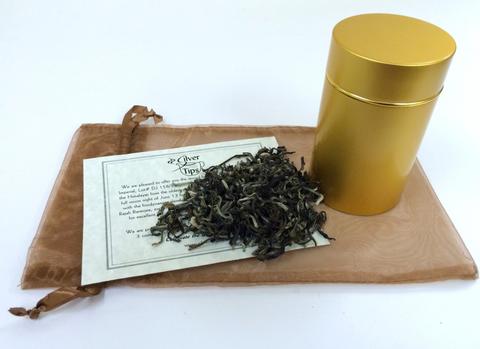
A type of Darjeeling, a well-known brand from the first tea plantation in the world. Harvested from plants grown at the Makaibari Teas Estate in West Bengal, India, it is currently a product marketed by Luxmi Tea, a handmade semi-fermented Oolong, prized for its relaxing and anti-aging qualities.
Price: A record was set for this tea in 2014, when the estate shipped orders to three separate buyers from the USA, Japan, and the United Kingdom, at a kilogram price of $1850.
Unique in tea culture for several reasons, Silver Tips Imperial is made annually, but in limited quantities. Leaves are plucked only on full moon days and nights during the harvesting season, and the brew is billed as “the jewel in the crown” of the company’s tea varieties. It has won several awards, and tea lovers enjoy sipping it in the evening before bedtime. Order it from the producer: 50 grams for $30.
8. Poo Poo Pu-Erh Tea
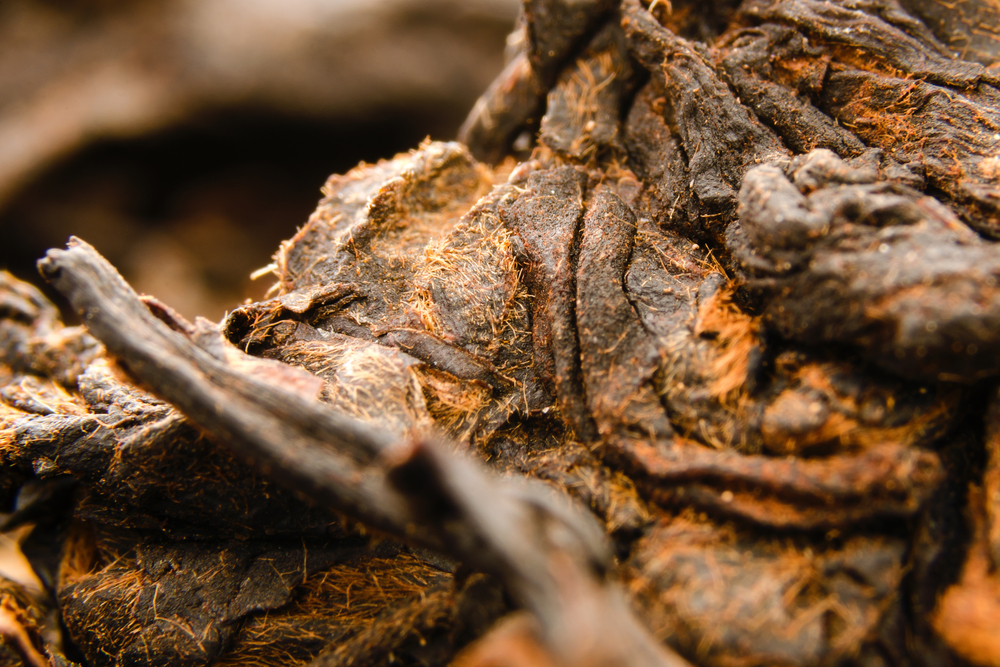
Produced in China’s Yunnan Province, this is a tea with an unusual ingredient, but it’s by no means the only drink that incorporates excrement. The tea contains insect feces, and it’s noteworthy because of its healing qualities as well as its price.
Price: A kilogram of the tea leaves can sell for around $1,000.
Worm tea is another name for this tea, which may be less objectional, but if you get past the idea of it, the experience is said to be fairly pleasant. It is described as “thick and strong with a smooth texture.”
9. Gorreana Broken Leaf Black Tea
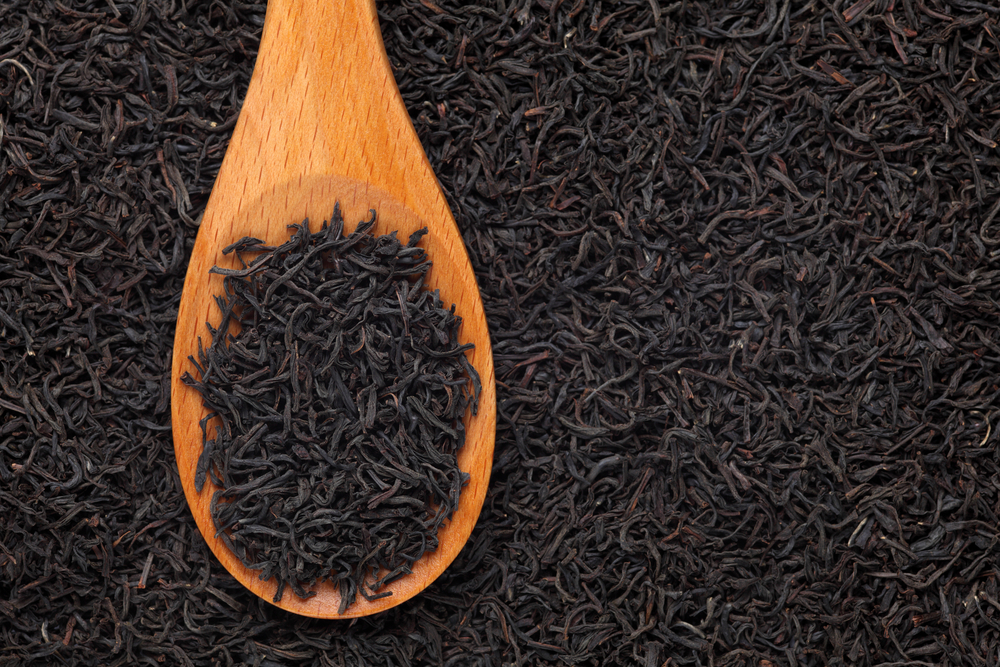
One of the teas produced at Cha Gorreana on the Portuguese Island of Sao Miguel in the Azores, This copper-colored tea uses only the third leaves of each branch of the tea plant.
Price: About $300 per kilogram
Visitors to the only-surviving tea plantation in Europe are in for a treat. Founded in 1883, it occupies a windswept coastal site, and the plants thrive in the volcanic soil of the island. Tea leaves are harvested and processed by hand in traditional ways. The free, unguided tour of the plantation is highly informative, and visitors can walk not only the fields but also sample (and purchase) the distinctive teas.
It is worth the trip if only to experience the beauty, but visitors will be spellbound watching workers process the leaves by hand. Learn the history of tea, and sample (and purchase) the teas. It’s a unique experience.
10. Tienchi Flower Tea
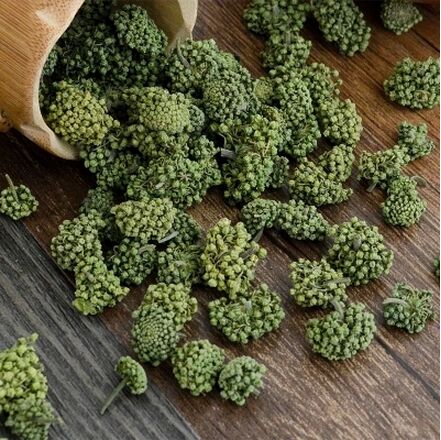
Known for its ability to alleviate insomnia and allergies, this tea has potent detoxifying properties. Cultivated in China, but known across the globe, prized for its flavor and its healthful qualities, and its distinctive appearance.
Price: Typically less than $200 per kilogram.
Clumps of Tienchu Flower Tea look like miniature broccoli flowerets, and it has a cooling quality, sometimes described as slightly bitter but with a sweet lingering flavor. It is used in traditional Chinese medicine to cure boils and mouth blisters and has been shown effective in fighting dizziness, restore calm, and help boost the body’s fluid levels.
11. Gyokuro
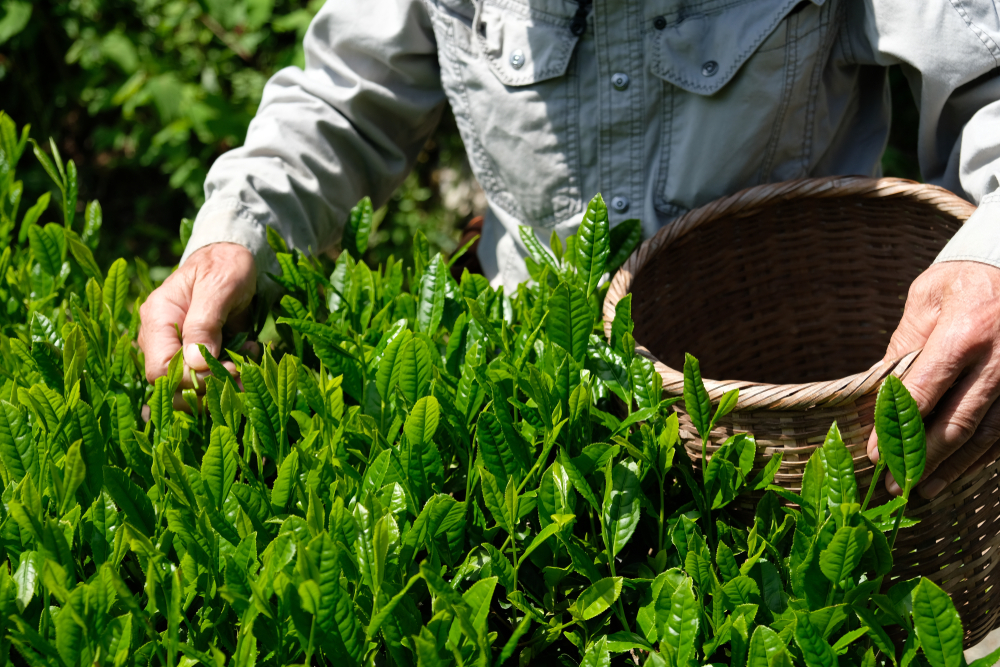
An exotic type of Sencha green tea cultivated in the shade, Gyokuro, is produced in the Uji district of Japan. It is typically shaded for between three to seven weeks before the leaves are picked.
Price: Approximately $65 per kilogram.
Shielding from sunlight increases the amino acid content of the leaves, increasing the sweetness and producing a distinctive aroma. Also known as Jade Dew Tea, it is the most expensive of Japanese green teas, noted by tea lovers for its complex flavor. It is rich in both vitamins and minerals, and it also contains high levels of caffeine and the amino acid L-theanine.
